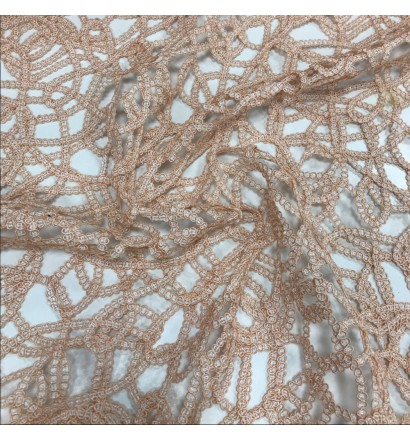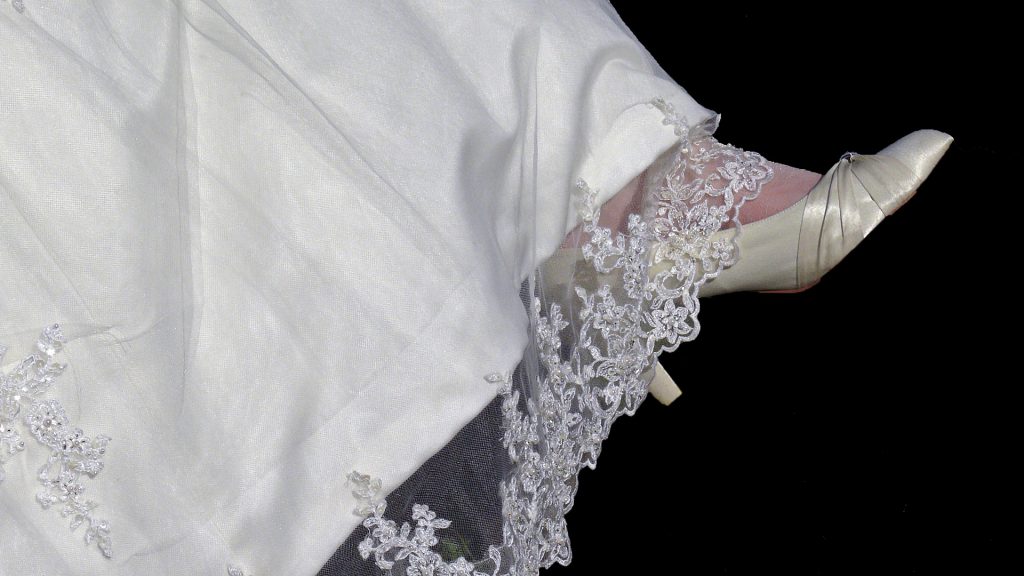Lace has been around for centuries some older than others, corded lace was initially produced in the 16th century in France. Alencon lace is another name for corded lace as it was produced in a small town in France named Alencon prior to the French revolution.
Corded lace is a three-dimensional lace, where the woven patterned lace is lined or layered with an extra thread that may be twisted or a much thicker yarn to create this design. The highlighted sections stand out and give an extra dimension to the lace making it very different compared to the usual lace.
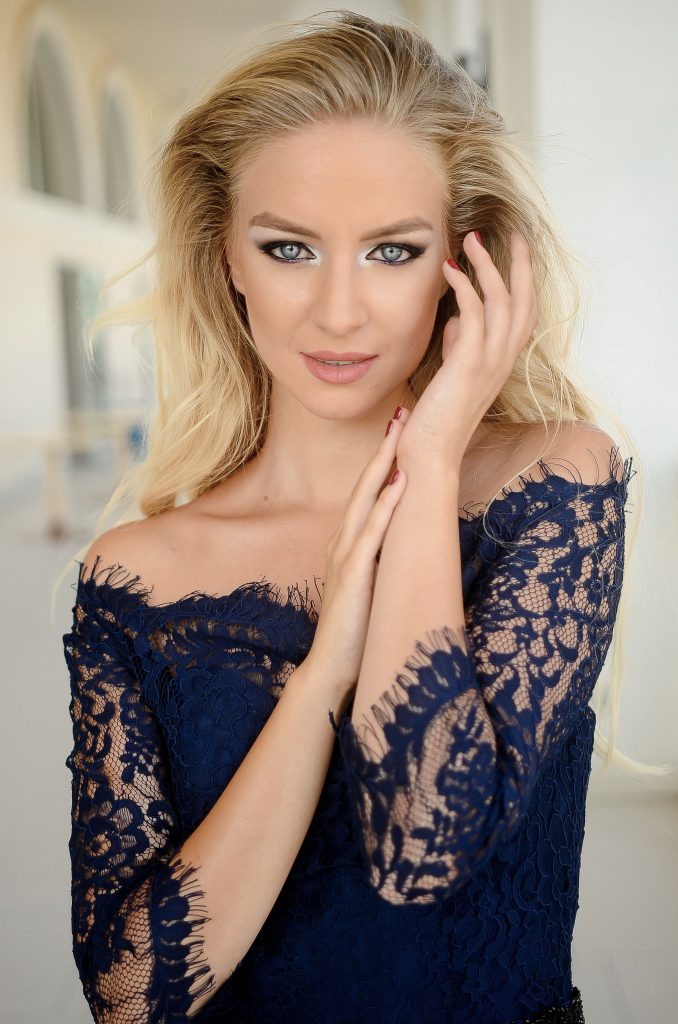
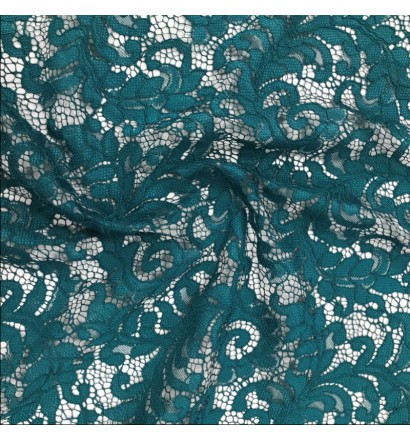
It is a luxurious type of lace originally worn by aristocrats as it was very expensive due to the materials used like silk. It is now produced with synthetic yarns or a combination of natural and synthetic yarns; this is a cheaper option with a more durable outcome compared to a silk lace. The lace is produced with different patterns and designs so you can find something that is of a heavier weight or a lighter weight depending on the design and thickness of the cord.
Usage & Application in fabric projects
Corded lace is made with many different yarns; this creates a different outlook with each combination. Stretchy corded lace, tulle corded lace trim and many other combinations are available to purchase. It is a versatile material and you can find one to suit each project, there are numerous different colours available with different coloured yarn as the highlighted area.
One of the main uses for corded lace is now bridal dress and bridal wear. You can find corded lace is also used to make prom dresses and to layer other dress like the neckline or the sleeves, this adds a touch of elegance to the dress.
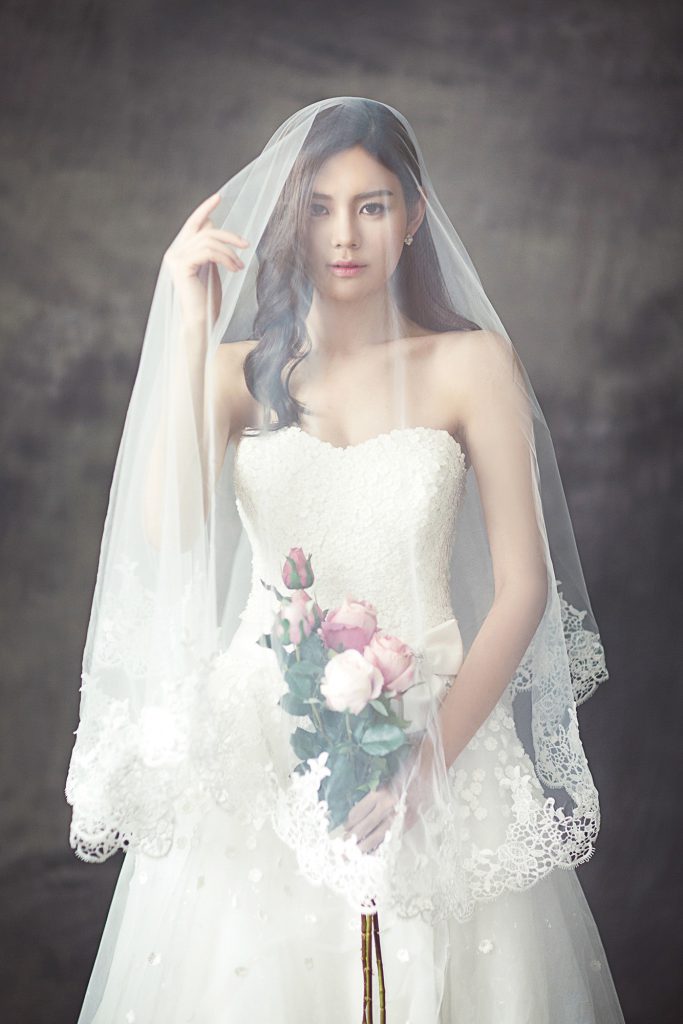
The weight of the corded lace allows the fabric to drape nicely over the body with a bit of structure but a delicate soft drape.
It has also been used to produce lingerie as a decorative feature, with a finer lace. The lace has a metallic thread as a layer on the lace highlighting the pattern making it a stronger feature with the gold or silver threads.
Corded lace has also been used on soft furnishings; cushions can often have corded lace as appliqué on the front part of decoration. Cushions can also have corded lace as a trim around the edges.
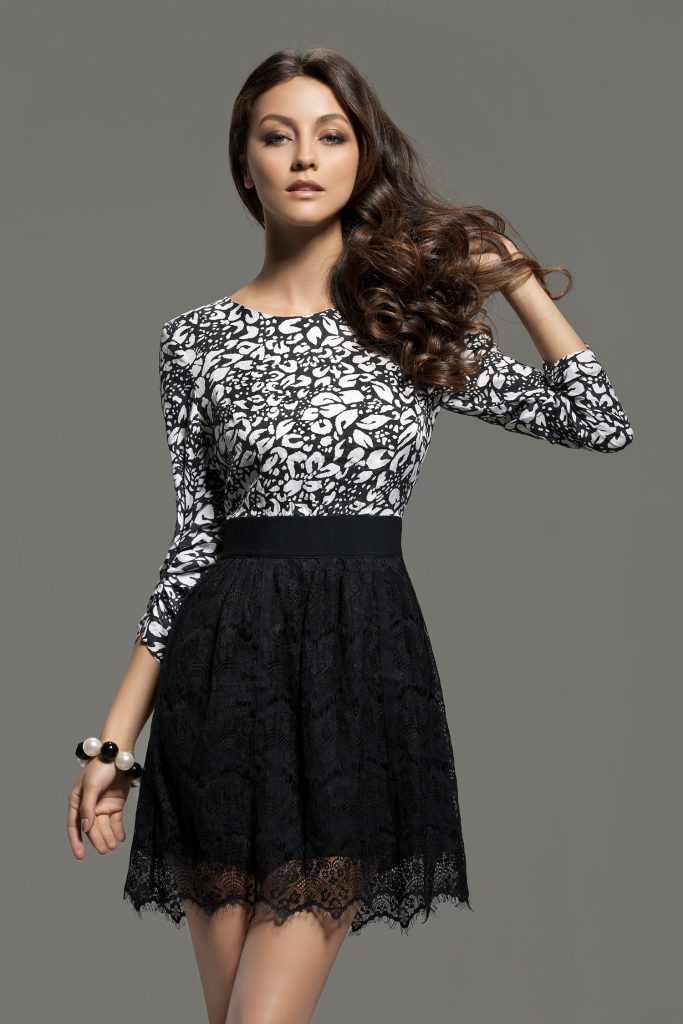
Another use would be an outer layer on an evening bag that is usually paired with a prom dress or a wedding dress. The bags are usually quite soft and not very structured as they are made from a particular material. The texture of the lace depends on the yarns used to produce the lace and the yarns used to highlight the patterns if made from a heavy weight material it may feel slightly rough to the touch. The combination of elastane and nylon or a natural fibre like cotton and silk usually create a softer feel to the lace.
Conclusion
Corded lace is a great option for dressmaking and to experiment layering with fabrics. It can be purchased as a cheaper option to some lace trims.
The variety of colour combinations and designs within the lace is a big advantage as you can choose any style of pattern to fit your project with different weights to suit the style of dress.
It is easy to work with and layer other fabrics underneath the lace, it can be stitched on as decoration or sewn with some lining fabric underneath to create an elegant dress. It is an all-round great material to use.
